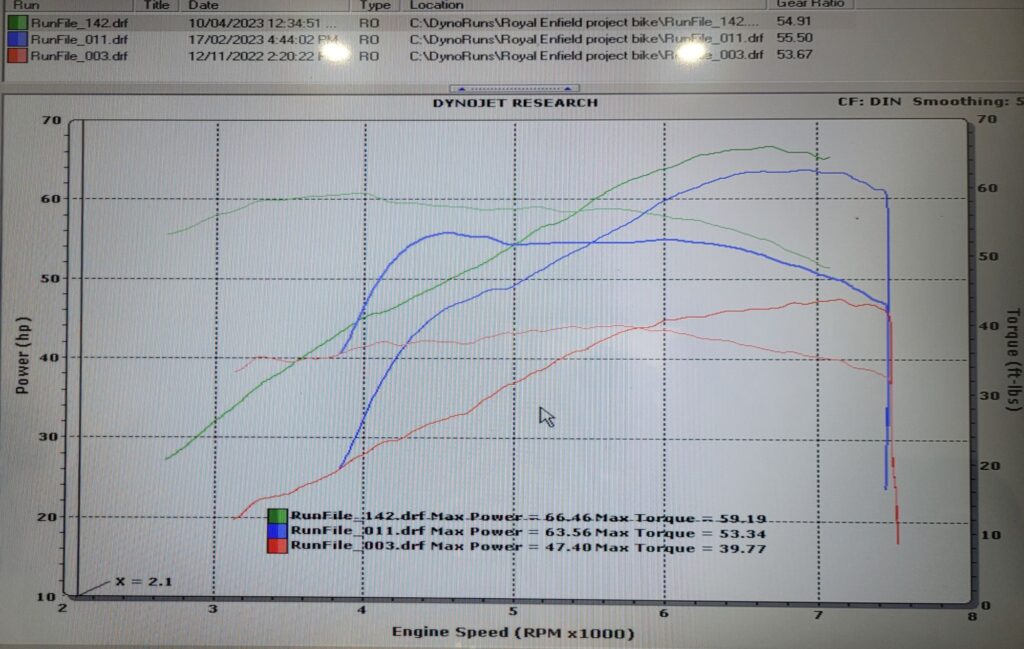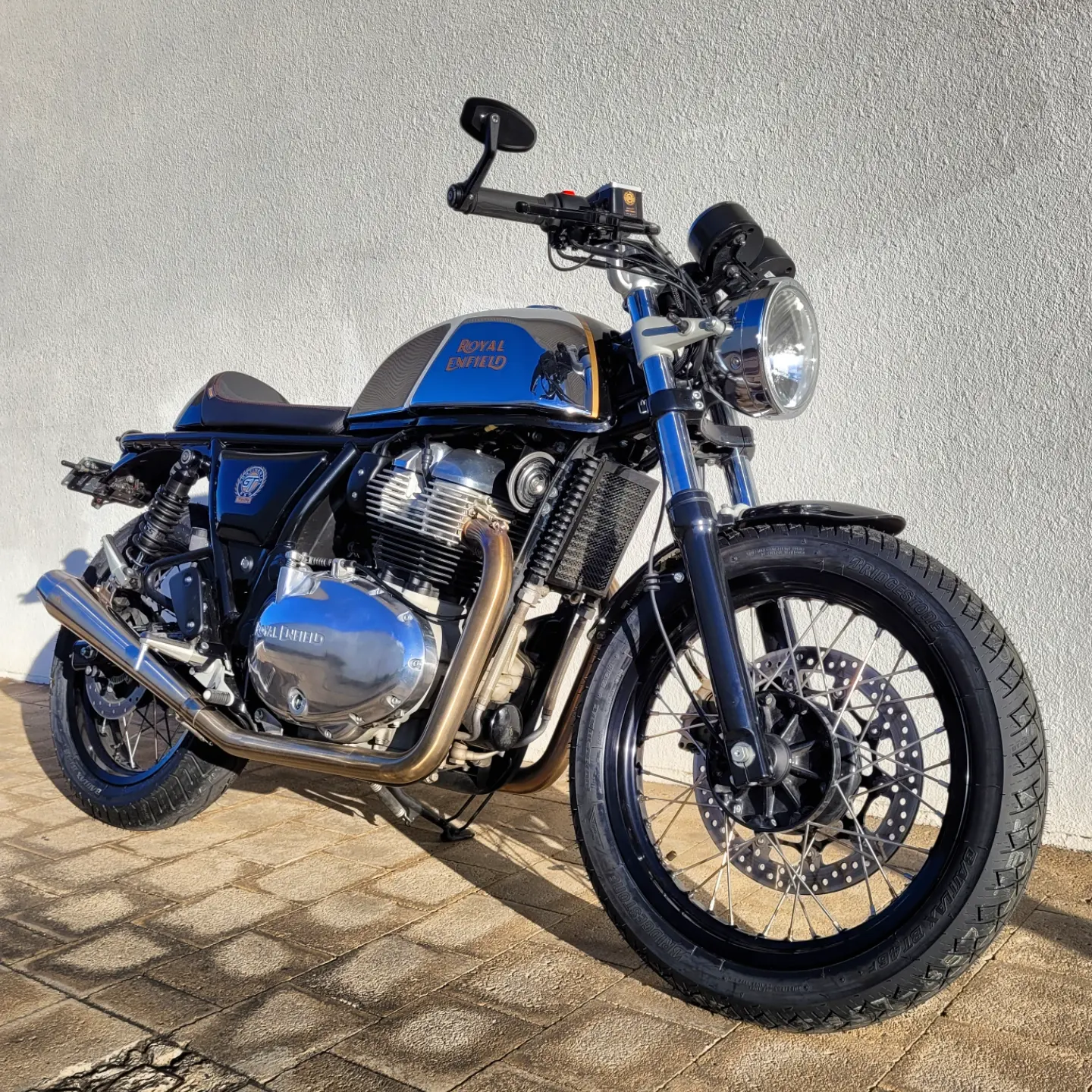Well, my last post was meant to be the final one for Project 865 – all that was needed was some final dyno tuning and a before and after HP chart…
…until I got the call from the tuner, which went along the lines of ‘we can’t adjust the ignition timing with a Power Commander ECU, and if we tune it to make the most of the mods you risk blowing your engine, so yeah, maybe you should swap to a Powertronic ECU which allows us to tune both the air/fuel mix AND your ignition timing…‘
More money, more time, more nervousness about the project.
Now that the project is over, the first question I tend to get is ‘how much did it cost’. The answer now is a metric shitload. Seriously, if you’re looking for a cost-effective, financially sensible mod for your 650, the 865 upgrade is not for you. If you have to ask how much, you probably can’t afford it. I can’t afford it for that matter, but it ended up being a case of having invested so much already that there was no turning back, so out with the Power Commander, in with the Powertronic, add on a dual-mapping switch and an up-only quickshifter which are plug-in extras for the Powertronic ECU and off we went again.
I must send a shout out to Santina at Revelry Racing for helping out in these latter stages, both with getting me the Powertronic bits in a hurry and for sharing a starting point map for an 865cc that saved us many hours of dyno time. Revelry have done plenty of high-end mods for Royal Enfield bikes and they were very kind in sharing a map that at was a good way towards the final mapping.
The dyno work to get the final tune tweaked was, apparently, painful, but eventually the bike was tuned, the quickshifter was tuned, and I was ready to roll.
In a word – wow.

So the red line is the stock bike with the full exhaust. The blue line was what we had with the Power Commander, and the green line is what the Powertronic delivered after tuning. That’s nearly 50% more torque and 40% more power, and with the peak torque kicking in under 4000RPM. In practice this made the bike – with stock gearing – a barely rideable wheelie monster. Sitting on 100kmh felt like the bike was revving way too high, so to finish off the project the 15 tooth front sprocket was swapped out for a 16 tooth one, and a set of Bridgestone BT46 tyres (with a wider 140 profile rear) were added. The sprocket still gave loads of pull from down low, but also put the bike right in the peak torque spot at 100kmh, perfect for rapid overtaking when needed. The BT46s completely changed the handling of the bike, and on reflection I should have binned the stock CEAT ones much earlier.
This story does, ultimately, have a happy ending. Sometimes spending serious coin on a project is fine if the end result is good, and in this case the end result is stellar. There’s still more room to get more power, but we’re at the ‘law of diminishing returns’ stage (the next logical upgrade would be another AUD2000 for some of Revelry’s throttle bodies which in theory would add another 5 – 10hp), and the bike is a belter to ride as it is. The characteristics of the bike are still there, there’s just a lot more of everything in terms of power and handling, and the quickshifter really does make this thing a red-light blaster that will probably surprise the odd punter. It’ll never be a sportsbike, but the grins it delivers are awesome, noting that the stock bike was already big on the smile-per-mile ratio.
And with that, we’re done. Once again I’d like to thank the team at Yamaha World & Royal Enfield for the collaborative learning experience that was this project – the team will know a heck of a lot more for the next one they do!
